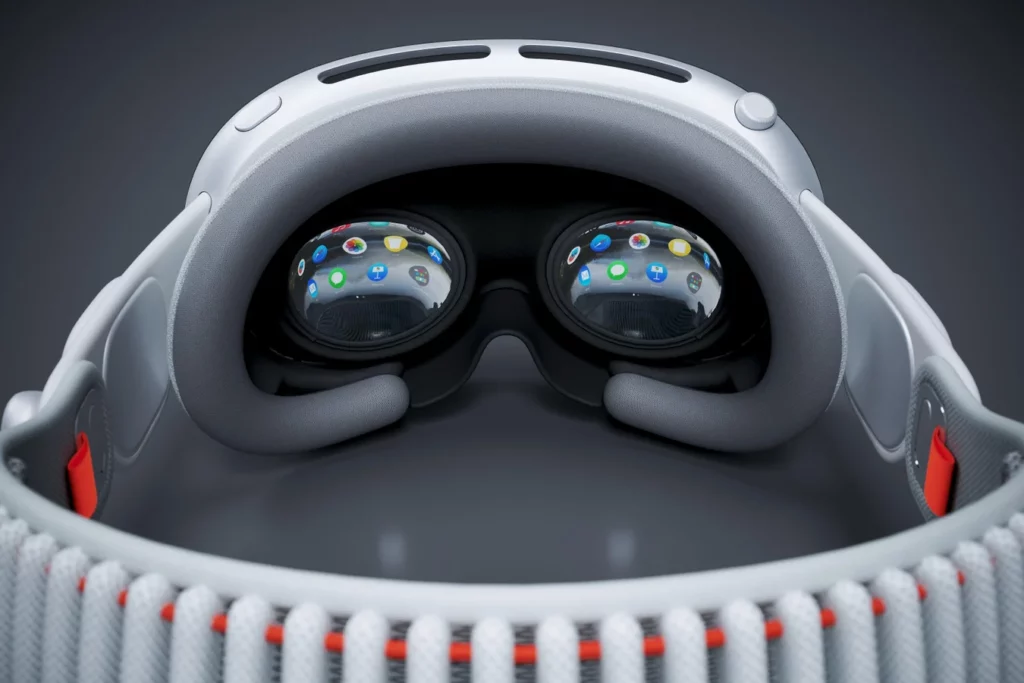The launch of Apple’s Vision Pro mixed-reality headset, priced at $3,500, has been a topic of intense discussion among technology enthusiasts and experts alike. Touted as a “spatial computer,” it aims to revolutionize how we interact with digital environments, blending the physical and virtual worlds seamlessly. But as we embrace this new era of mixed reality, questions arise about the implications for our cognitive functions and social behaviors.
Apple Vision Pro is designed for extended use, capable of performing everyday tasks such as sending emails in an immersive digital space. This device, weighing 1.4 pounds, employs sensors and cameras to create a “mixed reality,” offering users a digital overlay of their surroundings on two small screens placed directly in front of their eyes. However, experts like Jeremy Bailenson from Stanford University’s Virtual Human Interaction Lab suggest moderation, highlighting the potential for motion sickness, social isolation, and visual perception changes.
In parallel, the integration of advanced digital audio workstations (DAWs) like Hit’n’Mix’s RipX with Apple Vision Pro marks a leap forward in music production. RipX transforms the music-making process into a 3D experience, allowing composers to interact with instruments and melodies in a spatially immersive environment. This innovative approach to sound design and composition underscores the vast potential of mixed-reality technologies to redefine creative expression.
Yet, the enthusiasm for these technological advancements is tempered by concerns over their long-term effects on our brains. Studies indicate that prolonged use of mixed-reality headsets could alter visual perception, social interactions, and even memory formation. The phenomenon of “simulator sickness,” characterized by nausea and dizziness, raises questions about the impact of immersive devices on our physical well-being.
Despite these challenges, the promise of mixed reality in enhancing creative workflows and providing new dimensions of interaction remains compelling. As developers like Hit’n’Mix push the boundaries of what’s possible with Apple Vision Pro, we stand on the brink of a future where digital and physical realities merge in unprecedented ways. However, the journey towards fully realizing this potential must be navigated with an awareness of the cognitive and social implications of living in an increasingly virtual world.






